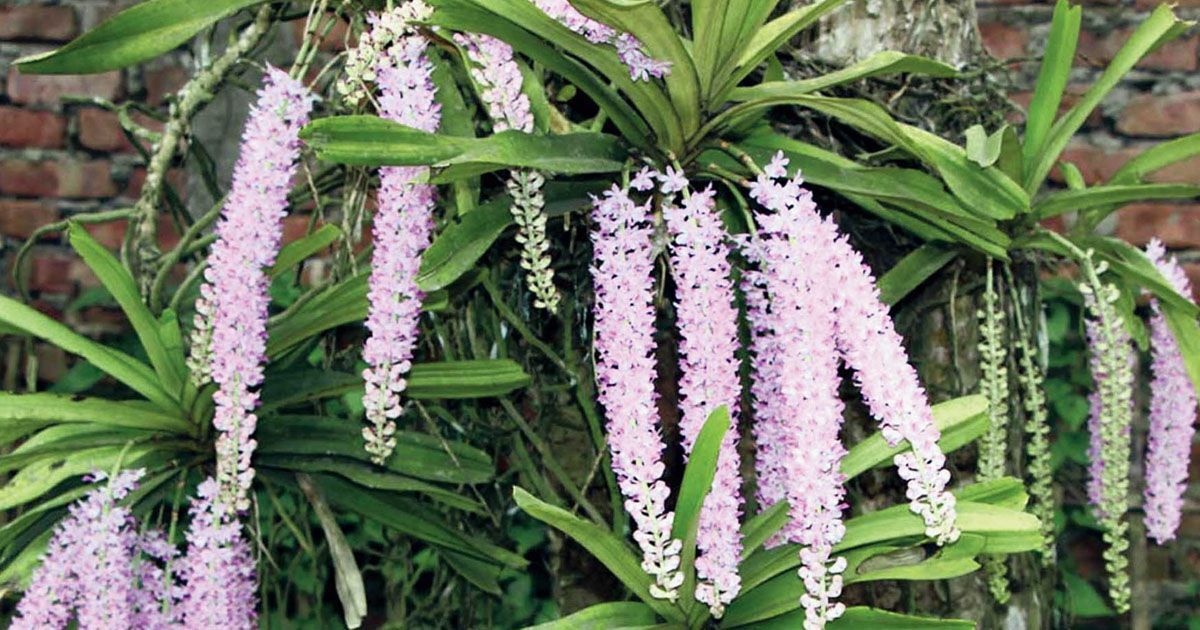
Mubina Akhtar
The strong fragrance of the keteki and the flowering of the kopou are the harbingers of Spring, signalling the dawn of a new year in the Brahmaputra Valley. The season sees the ubiquitous orchids, varying in colours, bejewel the wilderness. Found in Northeast and South India, Nepal, Bhutan, Sri Lanka, Myanmar, Thailand, Indonesia, Java, and Philippines, the Ryncostylists retusa, kopou phul in Assamese, and seeta pushpa in Sanskrit, is also called the foxtail orchid. The cultural symbolism of orchids – that have long been a symbol of love and beauty – can be traced to many tropical and subtropical countries where they enjoy the status of being the national flower. Declared the State flower of Assam, the Ryncostylists retusa is intrinsically associated with the tradition and culture of the State.
Of some 1,300 species of orchids found in India, the Northeast houses 800 species. Arunachal Pradesh alone hosts more than 500 species. A 100 sq km area in Sessa in Arunachal has been declared as an orchid sanctuary that preserves half of the orchids found across the State. In Meghalaya – Jowai, Jarain, Tuber, Mukhaialong, Narpuh, and Raliang in East and West Jaintia Hills districts, and, Tura peak, Nokrek, Baghmara, and Rongrenggre in the Garo Hills provide a habitat for wild orchids. Sikkim’s floral wealth has a treasure chest of some 600 orchids. About 300 species of orchids are reported in Assam that represents 44.39 per cent of the Northeastern species and 24.42 per cent of the species in India. Renanthera imschootiana or the red vanda is one of the most rare and beautiful orchids of Northeast India. The blue vanda is equally cherished. There are many other rare varieties found in Lakhimpur district and Dibru Saikhowa.
Many orchids are highly valued for their medicinal properties. In traditional medicine, they are used as a cure for many diseases and ailments, and an important ingredient in herbal remedies. Cultivation and collection of a variety of orchids on a commercial basis through intervention from biotechnology flourished worldwide, forming the basis of a lucrative industry. There exist government strategies for conservation and propagation of orchids. This includes dissemination of information on orchids to bring awareness among people. However, nothing materialised at the implementation level. With the growth of tourism, more and more wild places are now opened up for tourism, and orchids have been the most affected. Removal of orchids from the wilderness is illegal. Even then, people want to take out these exotic beauties from their habitat to grow them in the polluted urban environment. There is an urgent need to check this vandalism through extensive awareness at the grassroots.
